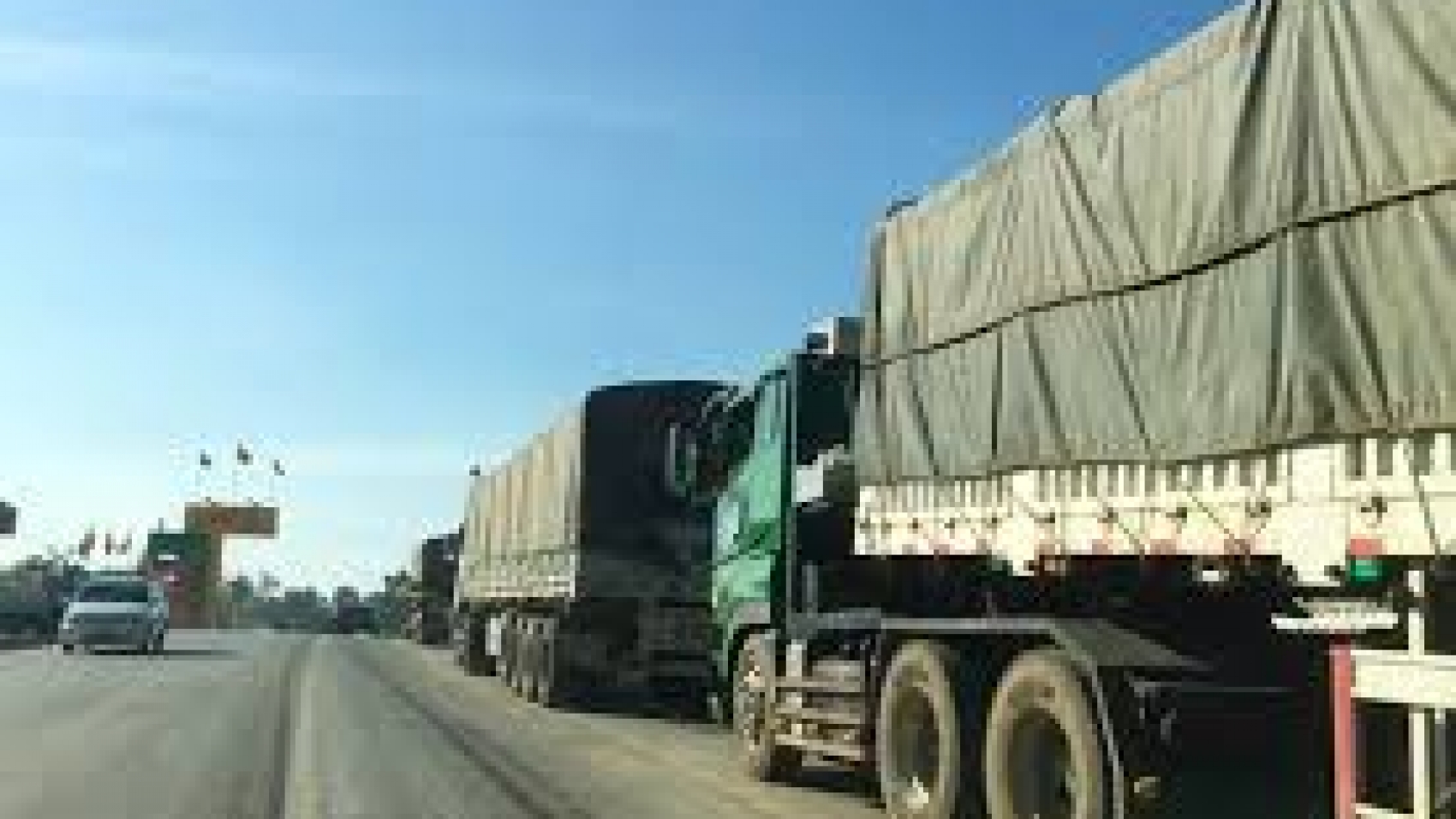The Ministry of Power and Energy has invited companies interested in conducting tenders for four new hydropower projects in the Tanintharyi River Basin to conduct feasibility studies. Hydropower Implementation Department; The tender form and details for the feasibility study for four new hydropower projects in the Tanintharyi River Basin will be available from 14 to 28 January 2022 at Office No. 27; It will be sold at the front gate. Tender bids must be submitted by May 16, 2022. The tender acceptance and scrutiny committee has announced that the tender must be submitted to the meeting hall (Office No. 27, Three Storey Building, New Office, Nay Pyi Taw) and the tender advertisement form can be accessed on the website of the Ministry of Electricity and Energy.
In the 2019-2020 fiscal year, 3,225 megawatts will be generated from hydropower, depending on the energy source. 2773 MW from natural gas; 40 megawatts of solar power; According to the Ministry of Power and Energy, LNG has generated 900 megawatts and coal from 120 megawatts for a total of 7,058 megawatts. Hydropower accounts for 46% of total electricity generation; 39% from natural gas; 13% from LNG; One percent is made from solar and two percent from coal. 3181 MW from hydropower in 2015-2016 fiscal year; 1752 MW from natural gas; Coal generates 120 megawatts for a total of 5,053 megawatts. 63% from hydropower; 35% from natural gas and 2% from coal.
In the 2018-2019 fiscal year, 11,227.82 million kilowatt-hours of hydropower generation will be generated. 9366.56 million kilowatt hours from natural gas; 2,169.70 million kilowatt hours from steam; Diesel generates 104.73 million kilowatt hours. In the fiscal year 2017-2018, 12,265.03 million kilowatt hours from hydropower; 7,459.22 million kilowatt-hours from natural gas; 1,080.60 million kilowatt hours from steam; Diesel generates 77.55 million kilowatt hours. In the 2016-2017 financial year, 12,265.03 million kilowatt hours from hydropower; 7,459.22 million kilowatt-hours from natural gas; 1,080.60 million kilowatt hours from steam; Diesel generates 77.55 million kilowatt hours.
The annual capacity of the Ministry of Electricity and Energy was 15965 million units in the 2015-2016 fiscal year. 17867 million units in the 2016-2017 financial year; In the fiscal year 2017-2018, million units 200555; Production increased to 22,879 million units in the 2018-2018 fiscal year and 27,300 million units in the 2019-2020 fiscal year. If we look at the per capita electricity consumption increase year by year, in the 2015-2016 financial year, 263 kWh; 301 kWh in the 2016-2017 financial year; 335 kilowatt hours in the 2017-2018 fiscal year; In the 2018-2019 fiscal year, it was 379 kilowatt hours and in the 2019-2020 fiscal year, it increased to 432 kilowatt hours, and in five years it increased to 169 kilowatt hours.
Source: Daily Eleven

